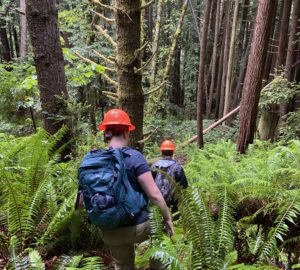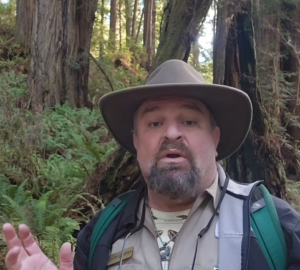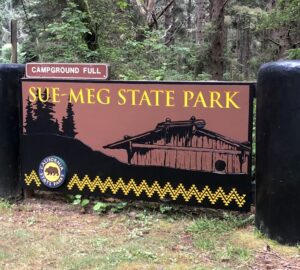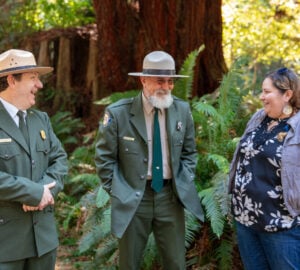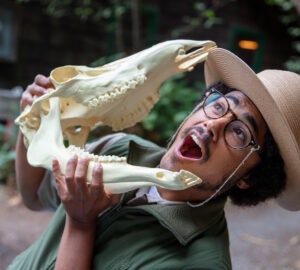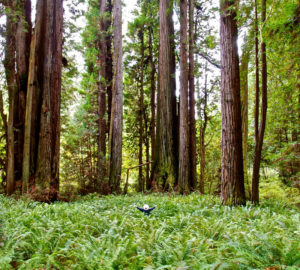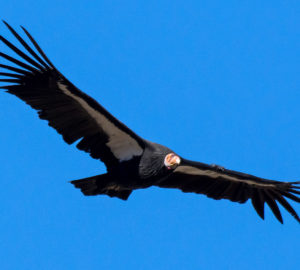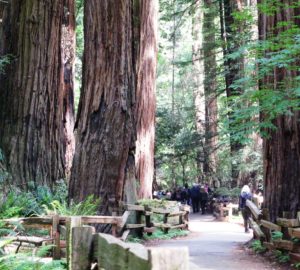Endangered birds learn to be wild in their first year flying free
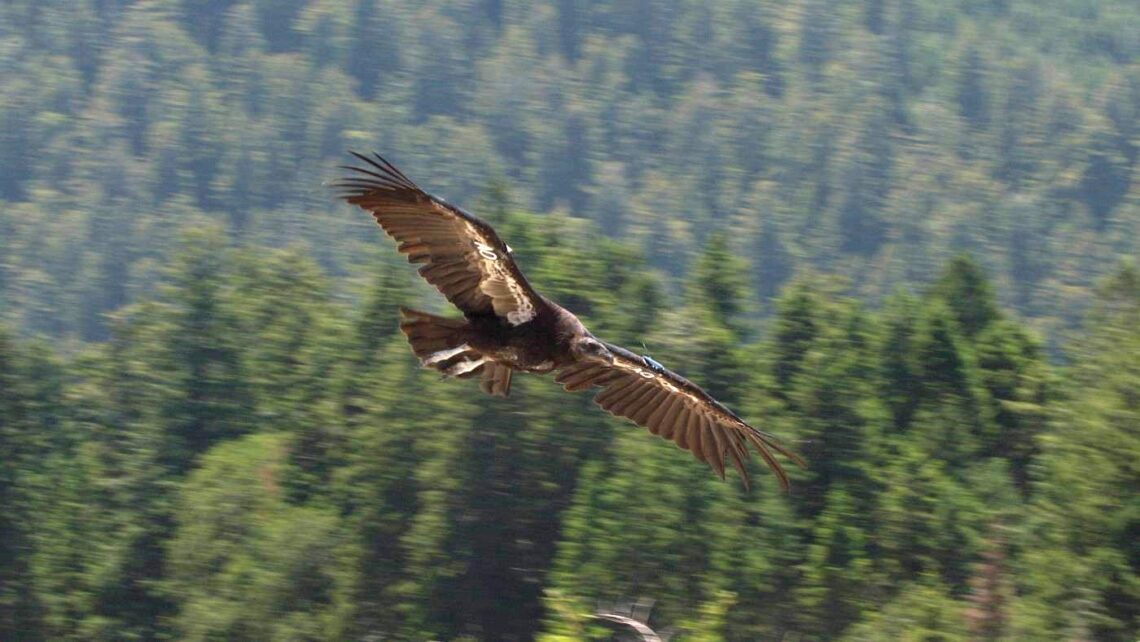
Eight young California condors last July took the skies, following the Klamath River toward the ocean near Redwood National and State Parks in Northern California. The birds finally settled for the night near Blue Creek, the lowest of the Klamath River tributaries, and about 20 miles away from their home base in Redwood National and State Parks. It was a true homecoming, marking the first night that condors, or prey-go-neesh, have spent on Yurok tribal lands in over 100 years.
The Yurok Tribe and Redwood National and State Parks, partners in the Northern California Condor Restoration Program, first released four captive-bred condors into redwoods country in May 2022. Four more joined the flock in November 2022.
Highly social condors typically learn from each other. But since these young birds are the first of their flock, they’re learning how to be wild on their own.
As they explore, the enormous vultures have begun roosting in large, old redwoods along river canyons and coastal lagoons.
“Big birds go with big habitat,” says Tiana Williams-Claussen, director of the Yurok Tribe’s Wildlife Department. “They love those old-growth redwoods because they have the height that they need and beautiful perching structures.” From high in the canopy, the young condors can catch the warm air currents that help them soar. In four or five years, they will likely seek natural cavities in these old trees for their nests.
Increasingly, visitors to Redwood National and State Parks have been reporting their sightings of the endangered birds, says Patrick Taylor, interpretation and education program manager at Redwood National and State Parks. Some of these sightings are likely turkey vultures, which are much smaller, but like condors, eat carrion. Still, Taylor says, “It’s clear people are very excited about the potential of seeing them.”
Fans who want a close-up view of the birds can spy on them in real time thanks to the “condor cam” set up at the release site. The partners regularly provide calf carcasses there, not only to keep the condors returning to their home base, but also to protect them from ingesting lead from ammunition in contaminated carrion.
Facing a new threat
Lead poisoning is the single greatest cause of death to wild condors. Unfortunately, a new threat has emerged: In 2021, a deadly strain of Highly Pathogenic Avian Influenza, or “bird flu,” began sweeping through the Americas. Last spring, the virus killed 21 endangered California condors in northern Arizona.
“The news of the HPAI outbreak in Arizona was devastating,” says Karin Grantham, program manager, Resource Management and Science, at Redwood National Park. “We know HPAI has been circulating in Humboldt and Del Norte counties for some time as well.”
After the Arizona outbreak, the US Fish and Wildlife Service launched vaccine trials, first in black vultures, then in California condors. Any captive-bred condors that join the Northern California flock will be vaccinated against HPAI, which could delay the arrival of new birds this fall. The flock’s free-flying condors may also be vaccinated, but the timing is uncertain.
The partners are closely monitoring the birds, and they are planning to build infrastructure somewhere in Redwood National Park where they can test and isolate potentially sick birds.
In the meantime, the healthy youngsters are continuing to learn their landscape. Six recently soared south, exploring the country east of Rio Dell.
“They’re following each other around and learning from each other, just as we had hoped they would do,” says Williams-Claussen. “I’m very proud of our ‘babies.’”

